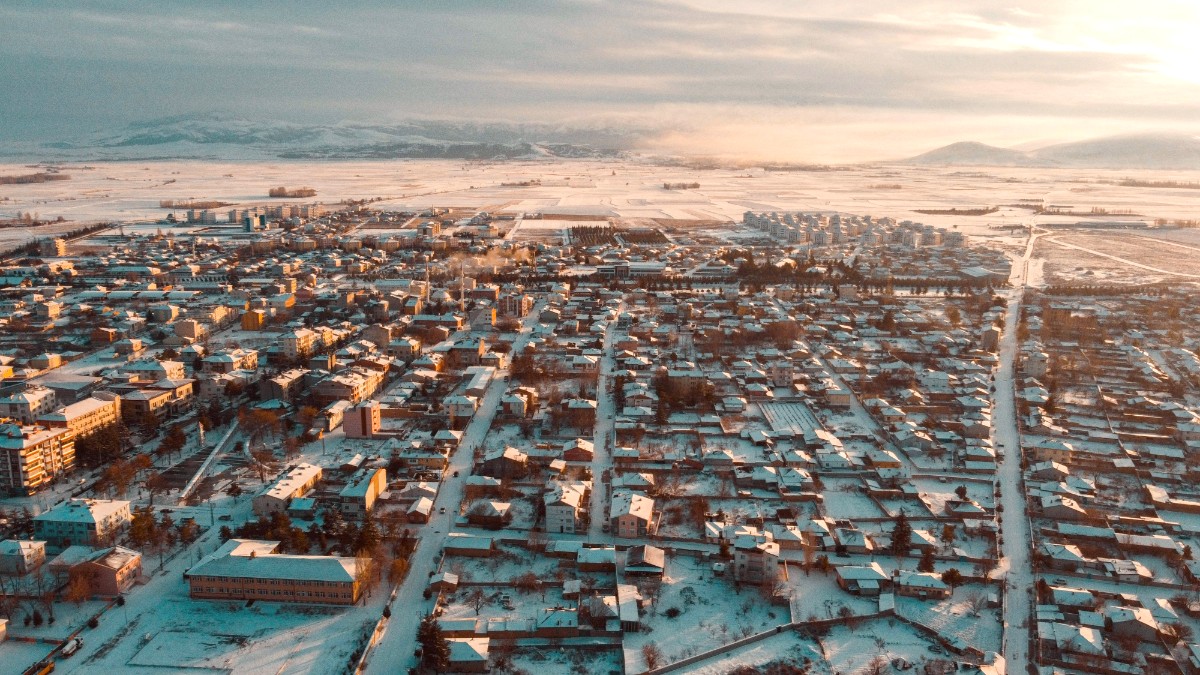
Mauritania
Visitors find charm in the warmth of the Mauritanian people. A simple invitation to share a cup of sweet mint tea transforms into a moment of genuine connection. The urban landscape of Nouakchott unfolds, revealing character through its people, markets, and its connection to the vast desert.
Nouakchott provides an authentic journey, distinct from typical tourist spots. Expect a city with a strong cultural identity, blending traditional life with modern goals.
The urban landscape mixes paved roads and sandy tracks, contemporary buildings and traditional structures. Sand is everywhere, a constant reminder of the nearby desert. Patience aids daily interactions.
Nouakchott sits on Mauritania's western coast, facing the Atlantic. Its name means "place of the winds." The city is a transition zone between the Sahara Desert to its east and the Atlantic to its west. This duality shapes its climate, economy, and character. Sand is ever-present, yet the ocean brings humidity and fishing.
Nouakchott is a relatively young capital, established in 1958. Mauritania needed a modern administrative hub post-independence (1960). It rapidly urbanized, attracting diverse populations. While without ancient sites itself, its development mirrors Mauritania’s rich past of trans-Saharan trade and Islamic scholarship.
Hottest months. Daily highs surpass 35°C (95°F), often over 40°C (104°F). Nighttime lows stay above 25°C (77°F). Intense heat.
Mildest temperatures. Daily highs around 25-30°C (77-86°F). Nighttime lows 15-20°C (59-68°F). Most pleasant time to visit.
Transition seasons. Temperatures remain high, slightly less extreme than peak summer. April/May hot. October warm.
Minimal rainfall, mostly July-September. Scarce and sporadic. Dry conditions common.
Generally low. Coastal proximity brings some humidity, especially warmer months, making heat more oppressive.
Nouakchott offers pleasant temperatures in winter. Avoid the intense summer heat for city exploration and desert excursions.
The temperatures are pleasant. Great for city exploration, markets, and desert trips. Less intense heat makes sightseeing comfortable. Accommodation and tour prices might be slightly higher, but the city sees minimal mass tourism.
Lowest prices. Very few tourists. Extreme heat. Outdoor activities are uncomfortable. Occasional rain (July-Sept) causes localized flooding. Most travelers avoid this period.
For any desert excursions, undertake these in the cooler months (November-March). Extreme heat in other seasons makes desert travel uncomfortable and potentially unsafe. Plan carefully with experienced guides.
A visit to Nouakchott provides an authentic journey, distinct from typical tourist destinations. Expect a city with a strong cultural identity, blending traditional life with modern goals.
The urban landscape mixes paved roads and sandy tracks, contemporary buildings and traditional structures. Sand is everywhere, a constant reminder of the nearby desert. Patience aids daily interactions.
Mauritania is a conservative Islamic nation. Hospitality is a strong tradition. Invitations to share mint tea provide genuine connection with locals.
The Grand Marché is immersive; it has fresh produce, textiles, crafts, and electronics. A place of sensory engagement.
Port de Pêche: A lively spectacle. Witness daily returns of colorful fishing boats and their catch. Insight into local life.
Most foreign nationals need a visa to enter Mauritania. Visa on Arrival (VOA) is an option at Nouakchott–Oumtounsy International Airport (NKC).